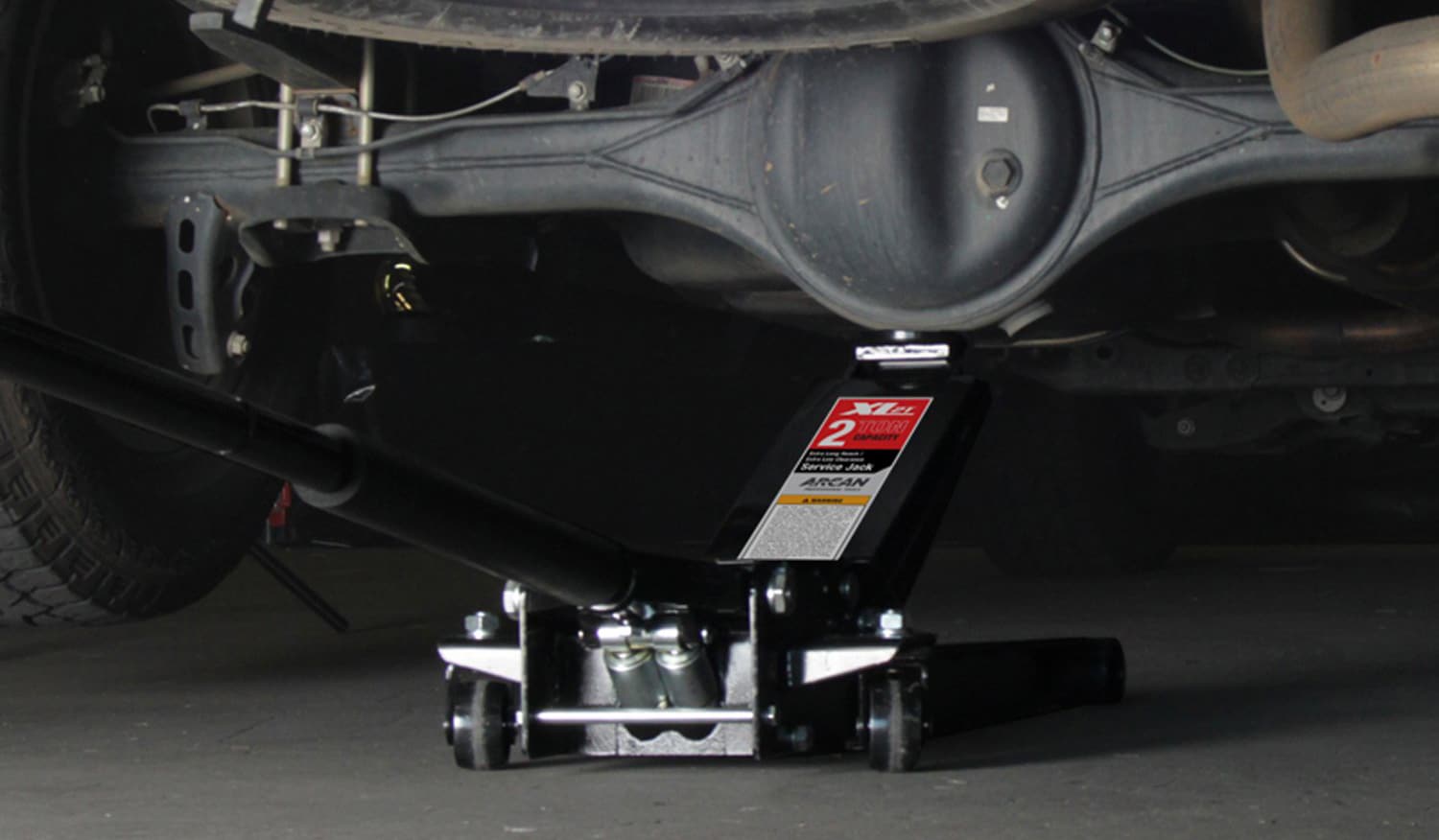A car jack stand is pretty helpful for DIYer’s garage, with the help of this equipment can let your work be done in a really efficient way. Floor jacks come in several shapes and sizes for large and small jobs. You can of course load the spare tire with the scissor jack that comes with the car, but trust me, after two or three uses of the scissor jack, you'll start to yearn for a floor jack for your garage.
When you use the scissor jack for basic inspection and maintenance of the vehicle many times, you will find the limitations of the scissor jack. Because of the mechanics of the scissor jack, it takes a lot of time and effort to raise the vehicle with the scissor jack. And it doesn't have a round top plate, which can cause the vehicle to slide out if not handled properly, making it very unstable. The quality of steel plates generally used in scissor jacks is also uneven, and its own weight is also small, and it is easy to deform during work if the weight is too heavy.
Floor jack is our recommended style, it can provide better stability, and it can also reduce your limitations on vehicle repair and daily maintenance.

What is a Floor Jack?
Instead of a direct lift like a scissor jack, overhead jack, or bottle jack, a floor jack or service jack uses the arms to distribute the vehicle's weight to the frame and wheels. This makes them more stable than other types, but also makes them take up more space. Leverage on the arm makes the lift quicker and easier, with just 5 or 10 pumps to lift over 1 foot, although it's easy or fast depending on the car jack you're using. You usually get faster speeds and spend more money.
The hydraulic jack's wheels, long chassis, and handle allow you to install one not only under the side of the car, but also under frame rails, differentials, or other hard points. If you are doing suspension work, you may need to jack up the car, put it on the jack stand, and use your floor jack to support the suspension. There are also adapters that support transport, although you don't want to use them very often.
For the most part, hydraulic car jacks make your vehicle easier, faster and safer.

Things You Should Do When You Get The Jack
Since the hydraulic jack has a cylinder filled with hydraulic oil, you need to maintain it irregularly and set it frequently, especially after receiving the goods. The weight of the vehicle you're lifting depends a lot on your jacks, so you'll want to start with a visual inspection.
First of all, after receiving the jack, first observe the jack or is there any oil seepage on the box? This is not necessarily a cause for concern, it is not uncommon for pressure relief valves not to be fully tightened at the factory, or for some to leak due to rough handling. Check your manual for their location, then tighten any loose valves. If the oil leaks, you need to top it up.
Next, check the surface weld finish and bolts of the jack. The weld should have a smooth transition from the base metal to the weld and back without any pits or holes or cracks. Also small metal droplets that fly out and stick to the surface during welding are normal, but a good welder will clean them up. Then tighten all bolts and screws.
Finally, all hydraulic jacks should be deflated before use. It just means getting extra air or bubbles. Fortunately, it's not complicated, you just need to do a lot of pumping.
After all inspection finished, you can start to work with this new buddy and make things easier in your garage!
Post time: Apr-15-2022





